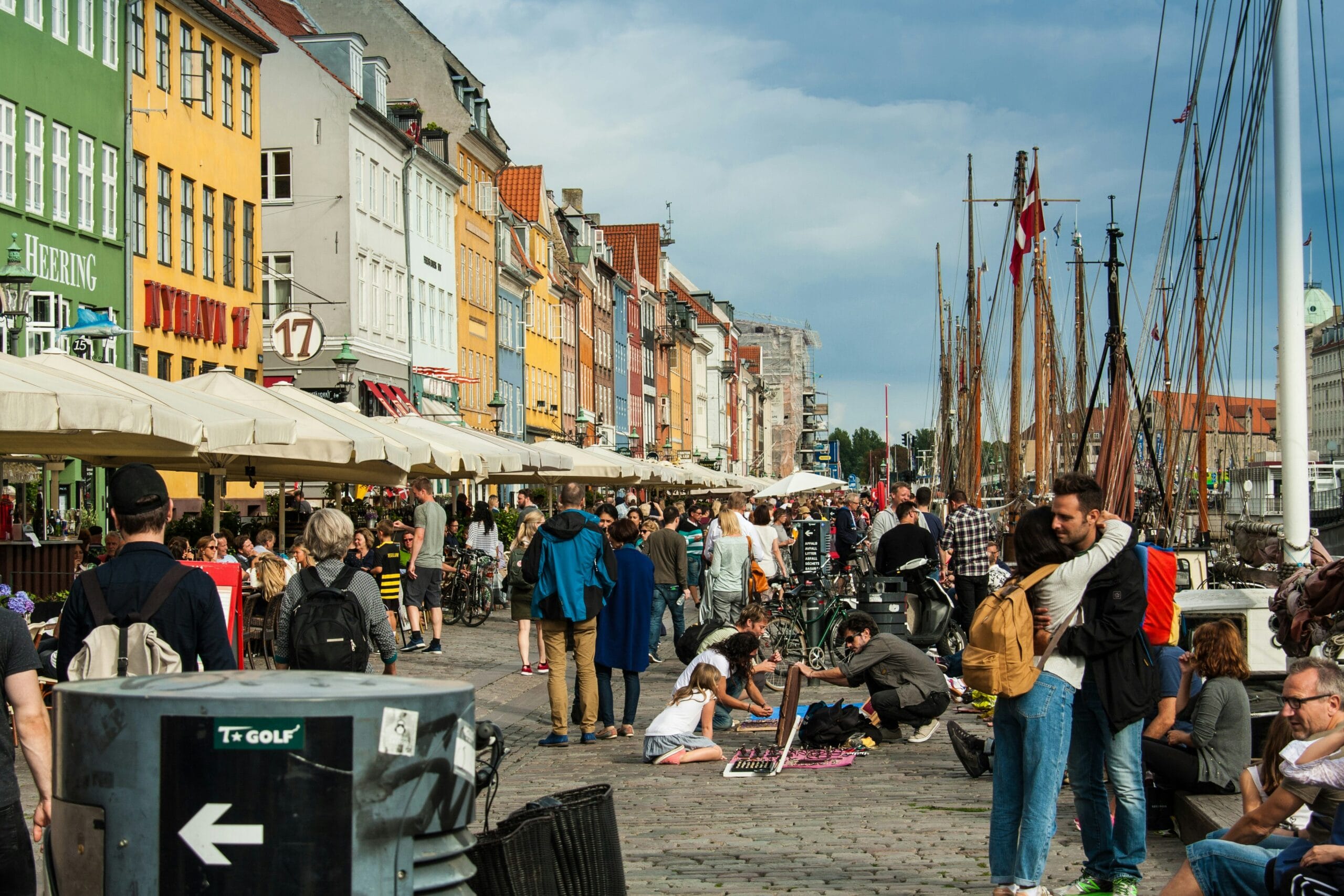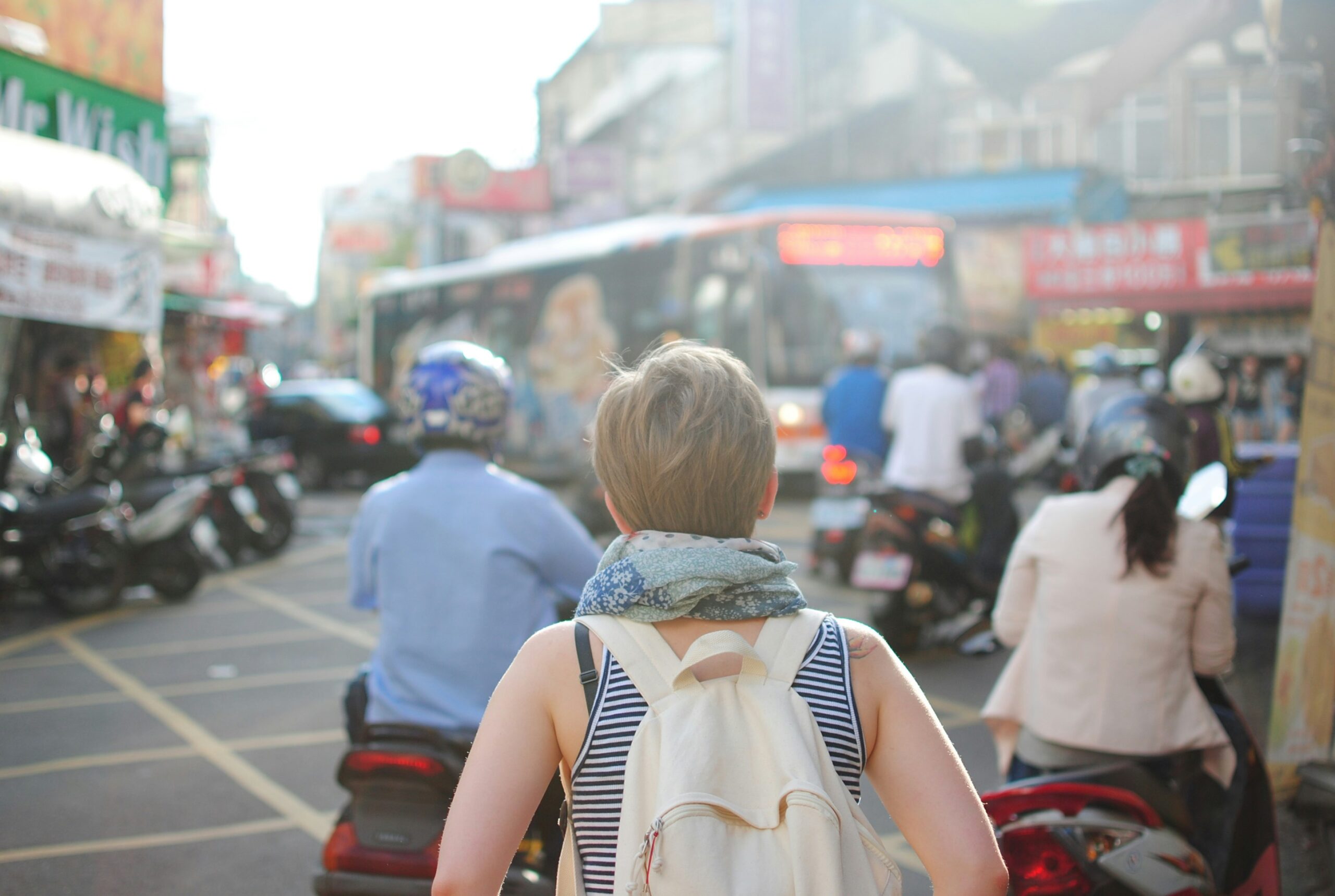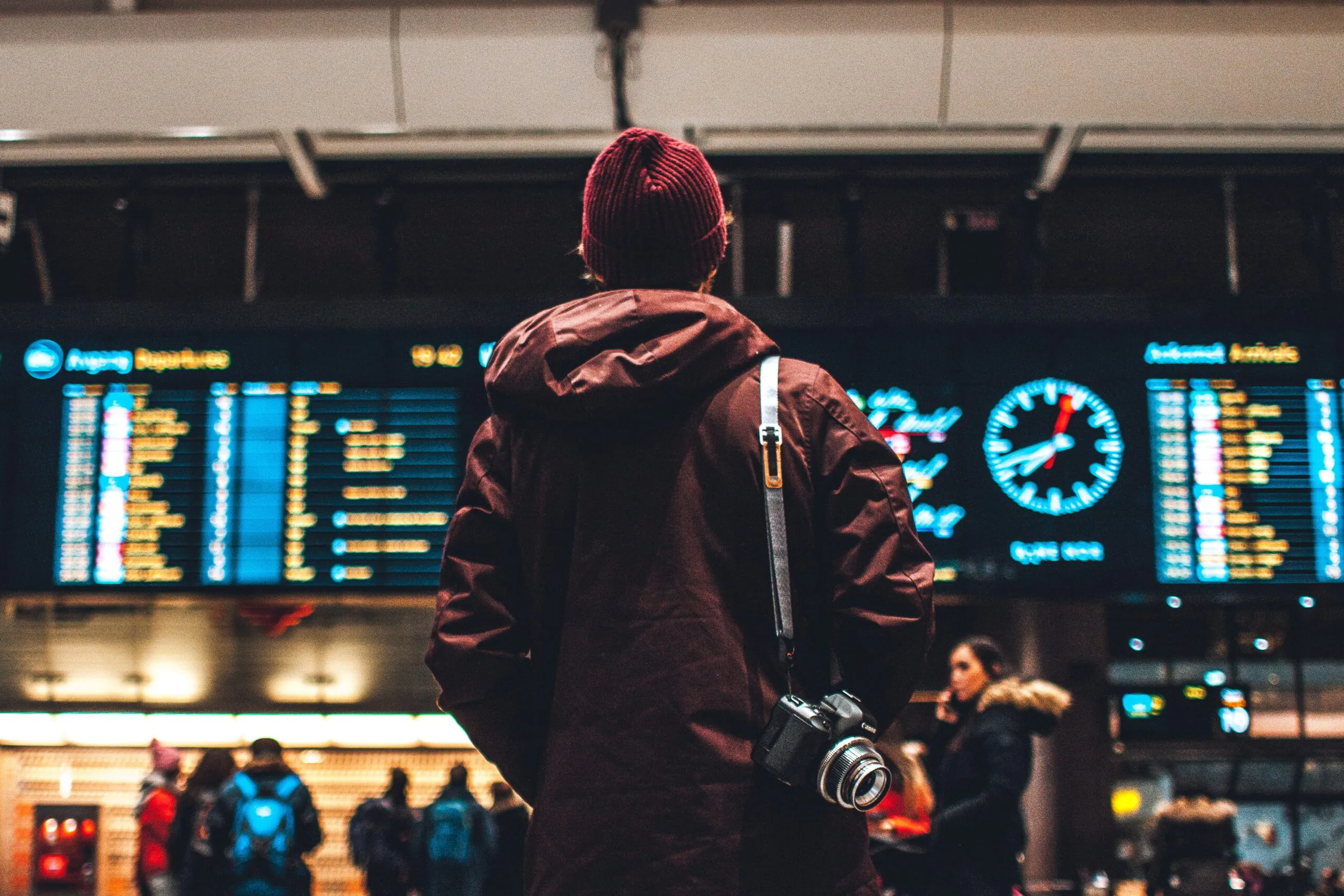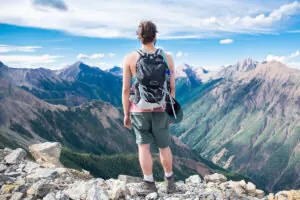Regenerative Tourism: How to Travel and Leave a Positive Legacy
Travel has the power to transform—not just the traveler, but also the places and people we encounter along the way. While tourism has historically left behind a trail of environmental degradation and cultural disruption, a new movement is gaining traction: regenerative tourism. Unlike traditional or even sustainable tourism, regenerative travel actively seeks to restore and revitalize the ecosystems, cultures, and communities it touches.
This evolving mindset offers a refreshing, hopeful lens for the modern traveler—particularly those who embrace a nomadic lifestyle. For digital nomads, the opportunity to engage deeply with local projects, contribute to community initiatives, and co-create value through the creative economy has never been more accessible or impactful.
But what exactly does regenerative tourism mean? And how can you, as a conscious traveler or digital nomad, become a force for positive change? Let’s dive in.
What Is Regenerative Tourism?
Regenerative tourism goes beyond minimizing harm—it aims to repair and enhance the social and ecological systems affected by travel. It’s rooted in the principles of regeneration: replenishing resources, restoring natural balance, and supporting community resilience.
While sustainable travel focuses on “doing less harm,” regenerative travel focuses on “leaving it better than you found it.” This could involve:
- Supporting local businesses and avoiding multinational chains
- Participating in conservation projects or cultural exchanges
- Engaging in regenerative agriculture or reforestation programs
- Volunteering skills to empower marginalized communities
In essence, regenerative tourism invites travelers to be active participants in healing the planet—not just passive observers.
Related Post: Cultural Destinations for Immersive Experiences
Why This Matters More Than Ever
The global tourism industry contributes roughly 8–10% of global greenhouse gas emissions, according to the World Travel & Tourism Council. Mass tourism has also been linked to overtourism, resource depletion, and cultural homogenization. In response, regenerative travel presents a proactive, hopeful alternative.
It aligns closely with the United Nations Sustainable Development Goals (SDGs), particularly those focusing on climate action, decent work and economic growth, reduced inequalities, and responsible consumption.
Key benefits of regenerative tourism include:
- Environmental recovery: Restoration of ecosystems, reduced carbon footprints, rewilding initiatives
- Community empowerment: Income diversification, cultural preservation, local entrepreneurship
- Traveler fulfillment: Deep connections, meaningful experiences, personal growth
The Digital Nomad’s Role in Regenerative Travel
The rise of remote work has ushered in a new generation of global citizens: the digital nomads. With laptops in hand and a passion for freedom, this group is uniquely positioned to champion regenerative tourism—simply because they stay longer and have more flexibility to engage meaningfully.
1. Support Local Economies Creatively
Instead of spending your money in foreign-owned resorts or imported food chains, seek out local cooperatives, independent cafés, and artisans. Every purchase is a vote for the kind of economy you want to support.
Want to go further? Use your skills. A web developer might help a local artist set up an online store. A marketer could consult for a community eco-lodge. Platforms like Workaway or Worldpackers offer opportunities to exchange skills for accommodation while supporting local initiatives.
2. Engage in Cultural and Environmental Volunteering
Whether you’re staying in the Amazon, the Andes, or the Algarve, there’s almost always a local project in need of extra hands or minds. You could join a reforestation effort, help clean up beaches, assist in permaculture farms, or contribute to educational workshops.
Projects like Regenerative Travel curate experiences and stays specifically aligned with regenerative values, allowing nomads to embed themselves in purpose-driven travel.
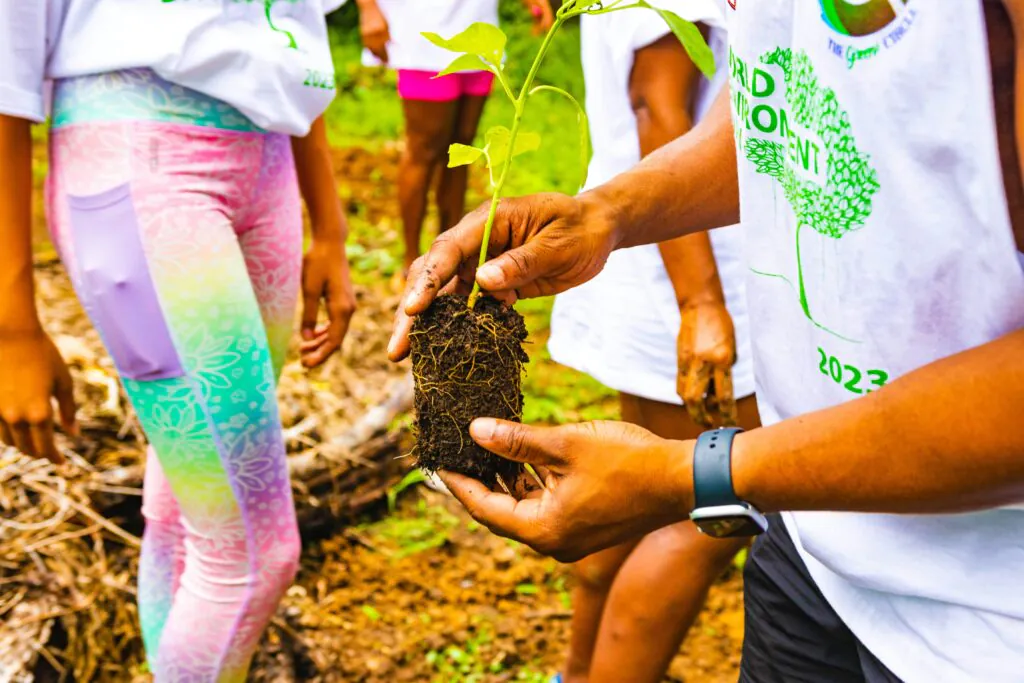
3. Contribute to the Creative and Circular Economy
As a creative professional, your skills can uplift entire communities. Host storytelling workshops with youth, collaborate with local musicians on digital releases, or help build branding for fair-trade cooperatives.
In Bali, for example, many digital nomads collaborate with local artists and NGOs through creative hubs like Hubud or Dojo Bali. These spaces promote cultural exchange, regenerative thinking, and local collaboration.
Practical Tips for Practicing RT
Becoming a regenerative traveler isn’t about being perfect—it’s about being intentional and learning as you go. Here’s how to start:
1. Stay Longer, Travel Slower
Fast travel leaves a heavier footprint. By staying longer in one place, you reduce transport emissions and gain deeper insights into local life. Slow travel promotes meaningful interactions, mindfulness, and sustainability.
2. Ask the Right Questions
Before booking a tour or stay, ask:
- Who owns this business?
- Where does the money go?
- How are local communities involved or benefiting?
- Are environmental practices in place?
If the answers aren’t satisfactory, consider other options.
3. Offset Your Travel Impact
While flying is often unavoidable, you can offset your carbon emissions through certified programs like Gold Standard or Cool Effect. Even better: combine offsets with on-the-ground action, such as participating in local tree planting.
4. Respect and Learn from Local Cultures
Regenerative tourism is as much about cultural sustainability as it is about the environment. Learn local customs. Ask permission before taking photos. Attend cultural events and be open to different worldviews.
Remember, being a respectful guest is the first step toward being a regenerative traveler.
Regenerative Destinations Leading by Example
Some regions have already embraced regenerative tourism as part of their development strategy. If you’re seeking inspiration or your next base as a digital nomad, these destinations offer both infrastructure and intention:
- Costa Rica: With a strong eco-tourism foundation, Costa Rica promotes reforestation, indigenous knowledge, and renewable energy.
- New Zealand: Through its Tiaki Promise, visitors are invited to act as guardians of the land, honoring Maori principles of care and respect.
- Portugal (Alentejo region): With a growing number of regenerative farms and eco-villages, Alentejo is becoming a hub for sustainability-minded travelers and digital creatives.
Regeneration Starts with You
The magic of regenerative tourism lies in its reciprocity: when you invest in a place, it gives back in unexpected ways. You leave with more than memories—you carry a sense of purpose, connection, and belonging.
As digital nomads, we have the privilege and responsibility of choice. The choice to slow down. To care. To give back. To immerse ourselves in the world not as consumers, but as collaborators in regeneration.
So next time you plan your escape to a new destination, ask yourself: How can I leave this place better than I found it?
The answer might change the way you travel forever.
